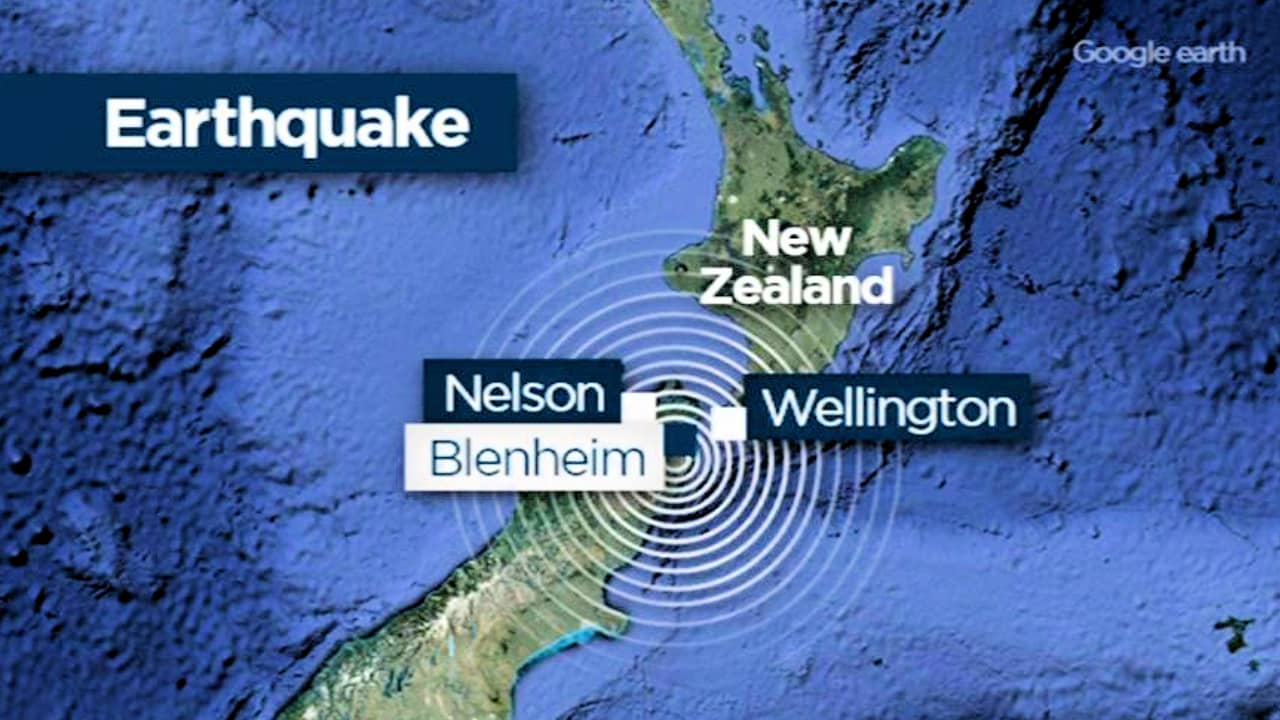
NZ Imports and Exports are Delayed After the Earthquake
3-minute read
Importers and exporters are piling work onto other New Zealand ports as they scramble to keep cargo moving after last month’s earthquake blocked most of the trade out of Wellington .
They’re having to make long and expensive detours to other ports, raising costs and bringing delays at a busy time of year, Eric Frykberg reports.
Cracks, buckling, and liquefaction have closed the CentrePort container terminal in Wellington for months, if not years. Freight companies belonging to the Customs Brokers and Freight Forwarders Association were early victims of this setback.
Their executive director, Rosemarie Dawson, says their work is being disrupted at a busy time of the year.
It is causing delays in delivery of cargo. Ships are diverting to other ports, Napier and Tauranga. One of our members has been advised to take into account up to three weeks delay for delivery to a Wellington region address.
One reason for this delay is that ships from overseas normally going to Auckland, Wellington, and Lyttelton, are now depositing goods at Napier instead of Wellington. That’s caused a build-up of containers in Hawke’s Bay awaiting removal by road or rail companies unused to these high volumes.
The Port of Napier’s Chief Executive, Garth Cowie says, as a result, demurrage, the money charged to importers for uncollected goods, has had to be relaxed.
Normally, we’d only allow a day of discharge plus three days before import demurrage would be charged, and because it’s taking some time for importers to get their alternative arrangements in place, we’ve extended that now out to nine days.
All this has caused the port of Napier to boil over with activity. An extra 700 import containers, an extra 400 export containers and up to 7,500 tonnes of logs extra each week.
That is taking some time to rework logistics, cold storage, warehousing, and transport. But Napier Port’s had a close look at its capacity to handle all this additional volume and we can do that with our current infrastructure.
The Port of Auckland is also doing more work. Its head of communications, Matt Paul, says direct shipborne trade from Auckland to Lyttelton has doubled from 1,000 containers a week to 2,000.
Because the road and rail is cut off through Kaikoura, really the only feasible way to get a lot of these containers down there is by the coastal route.
Auckland is the biggest import port in New Zealand and Christchurch is the biggest in the South Island. And moving it by coast, it’s cost effective, sustainable, it’s environmentally friendly, so it’s a very good route to follow.
Napier and Auckland’s gain is, of course, Wellington’s loss, but it’s also a loss for ordinary people such as a Christchurch scientist Gina de Nicolo. She faces high costs for household removal.
Previously, we came down from Palmerston North to Christchurch, and that cost around $4,500.
And now we’re looking at doing the reverse trip and three of the companies are going via ship from Lyttelton Port up to Port Tauranga and down by road to Palmerston North, 5,800.
How long all of this will last is unclear, but the most recent timeline given by CentrePort in Wellington was three to six months just to work out how to fix the port, with an unknown extra spell of time needed to actually do the work. For Morning Report, Eric Frykberg.
Source: RADIO NZ
We’d love to answer any of your questions! Contact us now
P.S. Do you know of other people that will find this article useful? Please share it on social media. Thank you!
